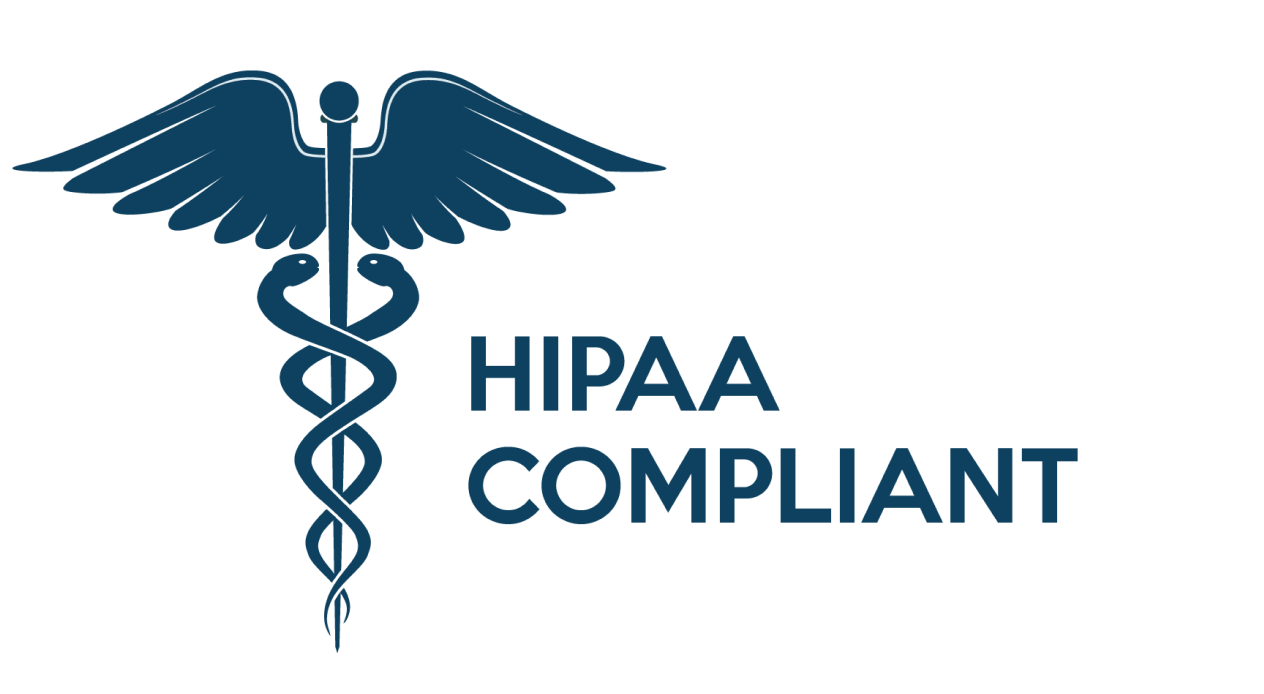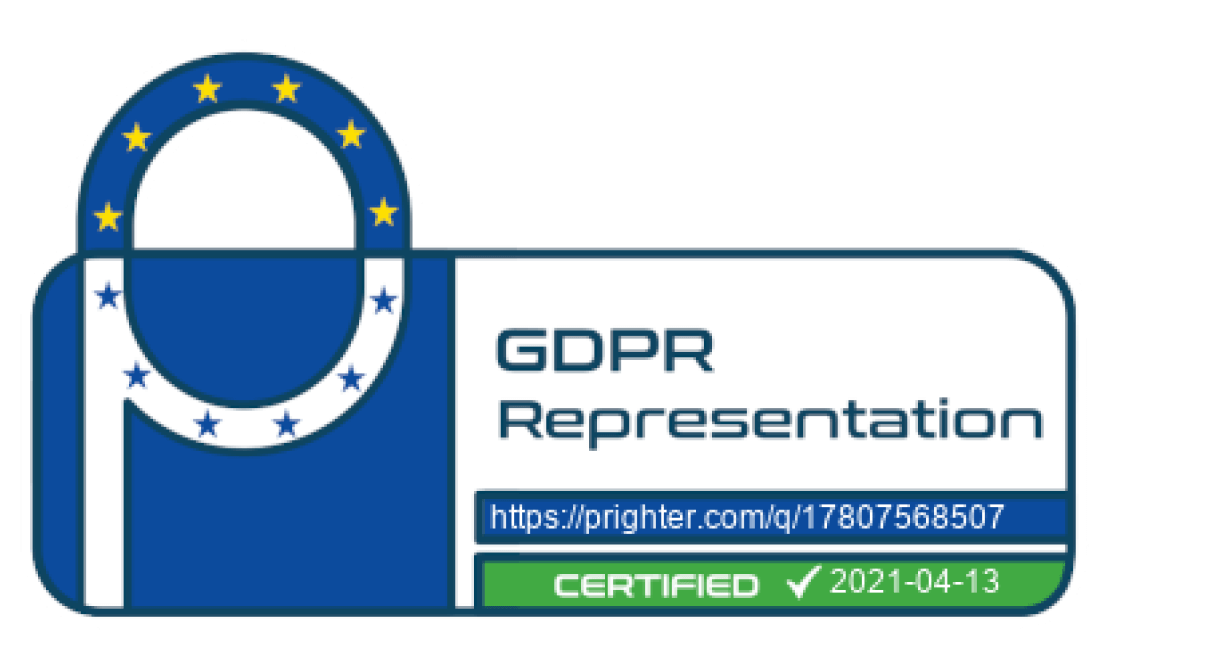Insurance STP: Optimizing Insurance Straight Through Processing with Remote Health Data Collection
The insurance industry is changing fast, and stakeholders are looking for smart ways to improve customer experience, reduce costs, and get greater insight into decision-making. One of the top growth areas is Straight-through Processing (STP), most common in underwriting, but growing in areas such as claims, too. How can real-time, remote healthcare data move the needle?
What is Insurance STP?
STP for insurance is all about how insurers can automatically process transactions without the need for manual intervention. This could be anything from background checks to medical screening to making a claim, but the point is that the entire transaction is handled by automation and algorithms rather than people.
This offers a whole lot of benefits for insurers, including speed, consistency, productivity, lower operational costs and application throughput. Not only that, but for millennials and Generation Z, who are all about the omnichannel customer experience, it offers a quick and automated solution, rather than a lot of back and forth communication often managed by multiple people across a team.
STP models
The current models for STP in insurance have a lot of flaws. In life insurance, for instance, the selection criteria is usually based on age and insurance price level, resulting in more than 85% of applicants undergoing no medical testing at all. Based on information from our insurance partners we can understand that of that 85%, 2% aren’t aware that they have any underlying health issues, and yet more than 1 trillion USD in claims occur as a result of missed health issues in this category.
These claims could be avoided, and a more thorough assessment with greater insight could be given to the insured if there was a better onboarding process that included health checks. We all know today that health is not simply a matter of age, far from it.
To try to reduce the gaps and get greater insight without impacting STP, insurers often rely on generalist questions in an onboarding questionnaire, such as whether there is a history of depression, substance abuse, heart-related diseases or cancer. If any of these are marked as yes, a further questionnaire is sent, drilling down on these issues. However, it’s not enough.
How Does Health Data Impact Insurance STP?
One dataset that does make all the difference is actual health data from the insured, which can give a real indication of health and wellbeing. Taking just one example, resting heart rate – you can see below how when a resting heart rate is shown to be 80 BPM and above, this influences mortality rate by over 45%. Even for those who have never had a cardiovascular incident, the numbers are 30% different if they are shown to have a RBPM of over 80 compared to under 80.
This is just the start, and the same insight can be gained from other data such as Heart Rate Variability, Blood Pressure, and more.
How Can Insurers Access this Data?
For insurance companies, this data is extremely powerful, but traditional methods of collecting the information are very hard to manage, especially while businesses are trying to improve their ability to use STP, as they usually involve a lot of manual input.
In fact, there is never ending friction in traditional health devices like blood pressure cuffs, heart rate monitors, or even wearables, such as the cost of the devices, shipping and processing issues, usability problems such as charging and upgrades, or even visibility. There is no way to know whether a device ordered years ago is still working, or if the client is using it correctly. In fact, now that so many devices are connected, studies have shown that customers aren’t using them in the right way, such as 56% of customers of one insurer who were unable to take accurate blood pressure cuff readings – only identified once data started to be sent to the cloud.
What Does This Mean for the Insurer?
As insurers start to look to the future, and want to spend more money on wellness solutions for their clients, plus on updating their STP processes – there’s a clear opportunity.By accessing this health data provided by the insured from their mobile phones, insurers can allow customers to upload a real-time snapshot of their vital signs, either during the underwriting process, to complete standard medical checks, at the point of claim, or any other situation. While a single result can be an outlier or an anomaly, with the technology integrated into the insurer’s application, or accessible from any web browser, insurers can ask their customers for periodical health screenings, helping to set a true baseline. Once you’re able to extract those kinds of vital signs, the insurer gets a true indication of what they should be offering the customer, and can move forward and help with greater ease and peace of mind.
Where does Binah.ai come in?
At Binah.ai, we have always been focused on creating a great solution that is easy for business to integrate and for people to use. It’s clear that smartphones are the platform that’s ubiquitous and available for everyone. Countries that don’t even have a sewage system have widespread adoption of smartphones! Physicians are in short supply, and connected health and wellness technology can bridge that gap, offering equitable access to the benefits of health data. We made sure that Binah.ai could run on almost any device with a camera, and is available via mobile app and also via web browser.
We can measure HRV, respiration rate, heart rate, oxygen saturation, and sympathetic stress levels and soon, blood pressure, parasympathetic activity, and pulse respiration quotient.
This offers a huge opportunity for insurers everywhere. With access to real-time health data, insurers can significantly boost their risk assessment on STPs, expand their customer-base to new areas, offer a better, more accurate experience for their users, and enhance the ability to offer Insurance STP, augmented by smart, actionable health data that paints a full picture. We’re already working with 8 out of the top 100 insurers in the world. Will you be next?
Our recent webinar went into more detail on how real-time health data can support Insurance STP and included a full product demo of how Binah’s real-time remote healthcare monitoring works. You can watch it right here or reach out to start a one-to-one conversation.

 close
close





